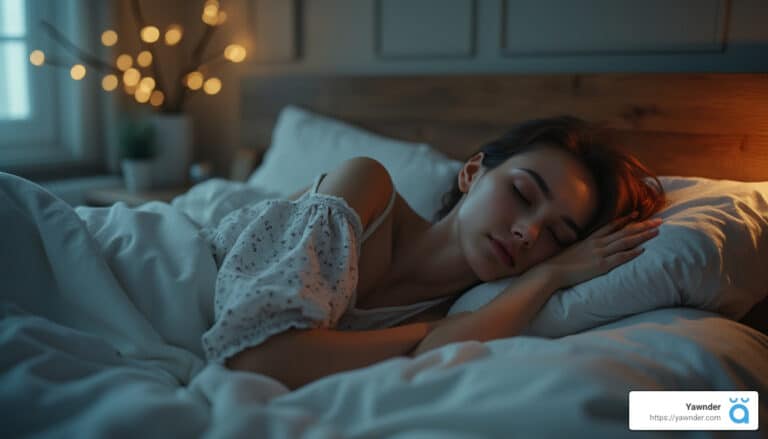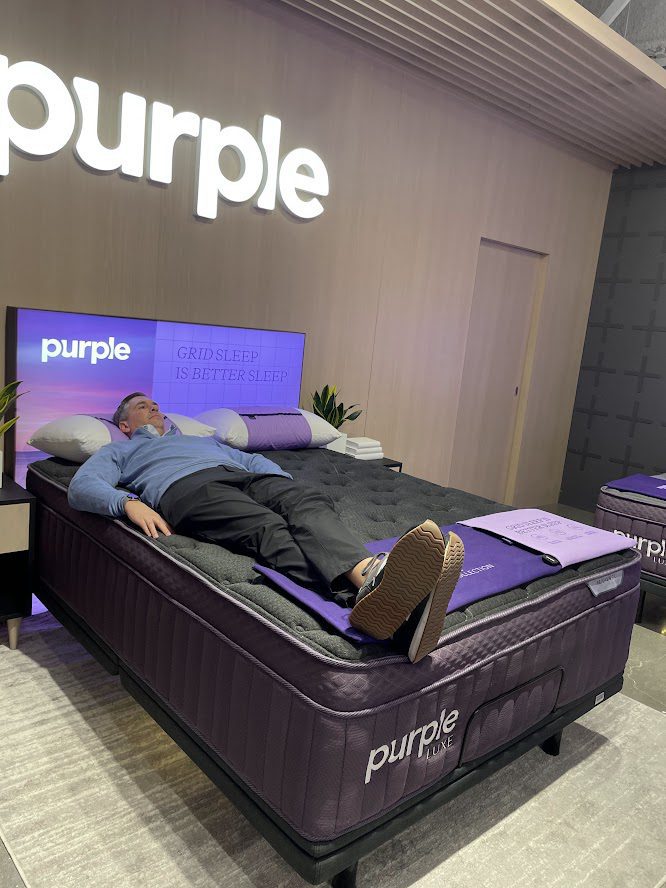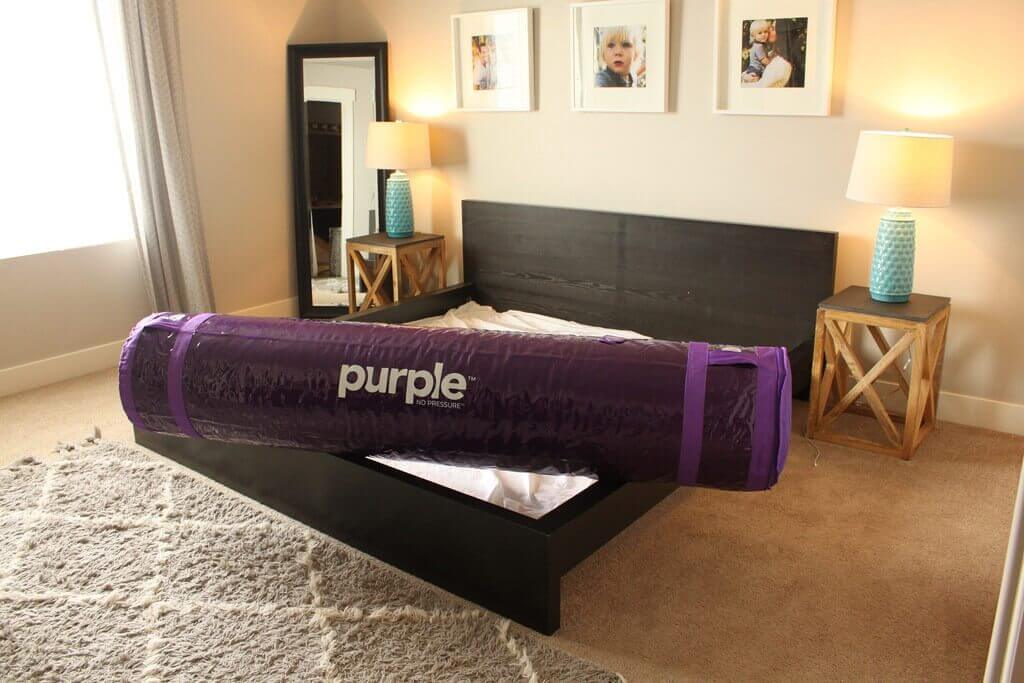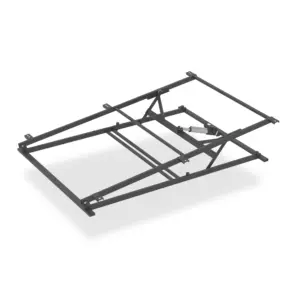5 Things You Need to Know Before Believing Sleep Demon Accounts
Beliefs surrounding Posesed By Demon In Sleep True Accounts captivate many, igniting curiosity about the enigmatic line between sleep and wakefulness. If you’ve found yourself questioning whether these testimonies reflect actual demonic encounters, you’re not alone. Let’s dive into the reality of these experiences to shed light on their true nature.
Understanding Sleep Paralysis: A Temporary Trap
Sleep paralysis is a fascinating yet unnerving condition characterized by a temporary inability to move or speak during the transition between wakefulness and sleep. It often aligns with a range of frightening hallucinations, like the sensation of a menacing presence nearby. Scientists understand sleep paralysis as a continuation of dream-like sensations into waking consciousness rather than as evidence of supernatural phenomena.
As stories surrounding “sleep demons” proliferate, gaining a scientific perspective on these experiences becomes essential. This article aims to demystify sleep paralysis, providing clearer insights into the natural processes at play, helping distinguish myth from reality.
The Science Behind Sleep Paralysis
What is Sleep Paralysis?
Sleep paralysis occurs when the brain awakens from REM (Rapid Eye Movement) sleep but your body’s muscle atonia—the natural paralysis that prevents you from acting out dreams—persists. This disconnect can leave an individual feeling trapped, often for a few seconds up to several minutes. While terrifying, understanding the mechanisms behind sleep paralysis can help mitigate its fear.
The Role of REM Sleep
REM sleep is that intriguing stage of sleep where the brain is highly active, and dreaming vividly occurs. It’s marked by rapid eye movement under closed lids, and during this time, the body’s voluntary muscles are effectively paralyzed—a protective mechanism. Unfortunately, sometimes this muscle paralysis lingers as consciousness returns, culminating in the striking experiences associated with sleep paralysis.
Hallucinations: When Dreams Bleed into Reality
Many individuals report experiencing vivid hallucinations during sleep paralysis episodes, which can range from unsettling feelings of pressure on the chest to shadowy figures lurking in the room. These are hypnagogic (during sleep onset) or hypnopompic (upon waking) hallucinations, resulting from the brain’s peculiar state of being partially awake yet still immersed in dream-like imagery.
Recognizing that these experiences are rooted in physiological responses rather than supernatural entities allows you to gain control over them.
Cultural Perspectives and Folklore
The Intersection of Myth and Sleep
Historically, sleep paralysis has often been linked to mythology and cultural narratives. For example, ancient Mesopotamians spoke of the demon Lilitu, believed to bring distress to sleepers. In European folklore, the term “night-mare” referred to a supernatural being that would suffocate individuals by sitting on their chests. Similarly, in Brazilian folklore, the pisadeira is said to walk over those sleeping on their backs, particularly if their stomachs are full.
In Japan, the experience is encapsulated by the term kanashibari, originating from the belief that certain deities possess the power to immobilize individuals. These accounts provide insight into the rich tapestry of human belief while illustrating how various cultures interpret sleep disturbances.
Scientific Explanations for Sleep Demon Experiences
While folklore is intriguing, science provides a different lens through which to analyze these occurrences. Let’s unpack more scientifically recognized explanations.
Exploding Head Syndrome
One lesser-known condition associated with sleep disturbances is exploding head syndrome, wherein individuals reportedly hear loud noises like explosions or gunshots upon falling asleep or waking up. Although the name evokes fear, these sounds are benign, attributed to abrupt neurological shifts in the brain during sleep transitions.
The Role of Sleep Disorders
Certain sleep disorders, such as narcolepsy, significantly increase the likelihood of encountering sleep paralysis. Since narcolepsy disrupts the normal sleep-wake cycle, individuals are more prone to waking up during REM sleep, that critical phase where dreams—and associated paralysis—take place. This involuntary paralysis and lack of muscle control can create intense sensations of helplessness.
Practical Strategies for Coping with Sleep Paralysis
Experiencing sleep paralysis is unsettling, but there are practical strategies to manage occurrences, helping to reduce both their frequency and intensity.
Maintain a Consistent Sleep Schedule
Regularity can significantly benefit your sleep health. Aim to go to bed and wake up at the same time daily, even on weekends, to help stabilize your body’s internal clock.
Relaxation Techniques
Incorporating calming practices into your bedtime routine can diminish sleep paralysis incidents. Activities such as:
– Deep Breathing: Slow, conscious breathing calms your nervous system.
– Meditation: Clearing your mind of stress can help foster a more peaceful sleep.
– Gentle Stretching: Loosening tense muscles prepares your body for rest.
Adjust Your Sleep Position
Some studies indicate that sleeping on your back can increase the likelihood of experiencing sleep paralysis. Experimenting with side or stomach sleeping might help alleviate episodes.
Optimize Your Sleep Environment
Creating a conducive sleep atmosphere can greatly enhance your rest quality. Keep your room cool, dark, and quiet; consider using blackout curtains or a white noise machine to drown out disturbances.
Conclusion: Distinguishing Myth from Reality
At Yawnder, we recognize the importance of quality sleep for your overall well-being. By delving into the science behind Posesed By Demon In Sleep True Accounts, we uncover the blend of natural processes and cultural interpretations that shape our understanding of sleep paralysis.
Understanding the roots of these unsettling experiences provides insight and helps alleviate fears. For those who wish to explore sleep solutions, our expert evaluations on sleep products, from mattresses to bedding, cater to your unique needs. Quality sleep isn’t merely a dream—it’s an achievable reality, and we are here to guide you on that journey.



















